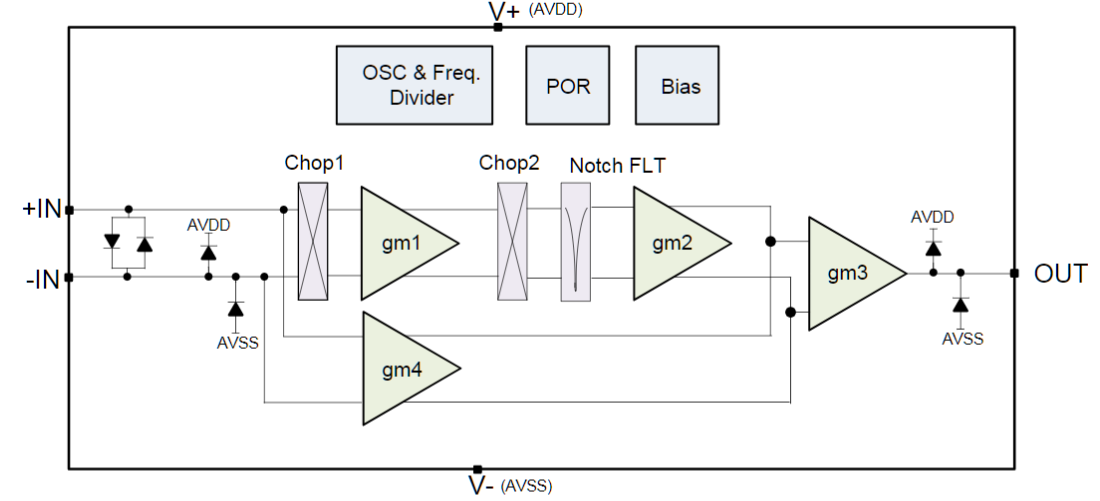I'm using the LPV821 op-amp (http://www.ti.com/lit/ds/symlink/lpv821.pdf) for a buffer circuit (voltage follower). Below is my circuit, where the desired output has the same voltage as the input (V2):
The circuit works only with ideal source (little or no impedance between V2 and non-inverting pin). But it does not output anything for my non-ideal voltage source (When there's a large resistor between V2 and non-inverting). I was wondering if I could have some suggestions on why I'm not getting the desired output.
NOTE:
1- The V+ - V- supplies for this op-amp cannot be more than 4V.
2- This circuit works as expected with LM741 op-amp. The only difference is that I removed R12 because LM741 needs higher supplies.
UPDATE:
Below are my observations in order to figure out the problem:
1- When I connect the positive (1.4V) and negative (-1.4V) supplies to the op-amp and disconnect the other pins, all the pins are at 0V.
2- When I connect an ideal source (no R10), ALL the pins have the same voltage as the input (V2).
3- When I add the R10 (700KOhm), the output goes to zero. I also measured the voltage at the non-inverting pin and it's at zero, even though the input (V2) was not zero.
4- When I paralleled a 100K with R10 the output was almost like input: a sine wave with minor drop in the amplitude.
5- When I replaced R10 with a 200KOhm resistor, the output was substantially attenuated but not zero.
From 3,4, and 5, I can conclude that the current in the non-inverting pin is pretty high and this current causes a voltage drop across the R10. I don't know why this happens. Maybe the op-amp is damaged?


